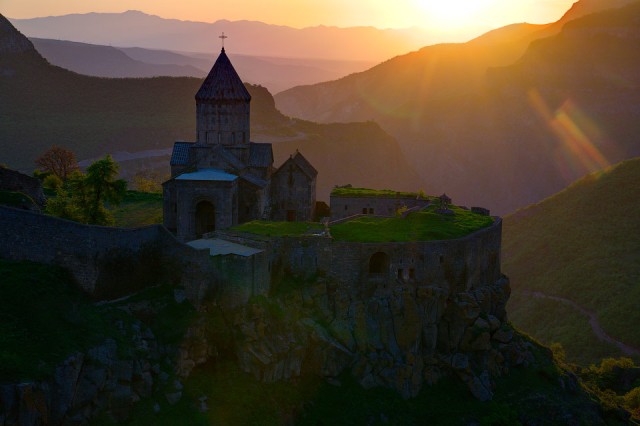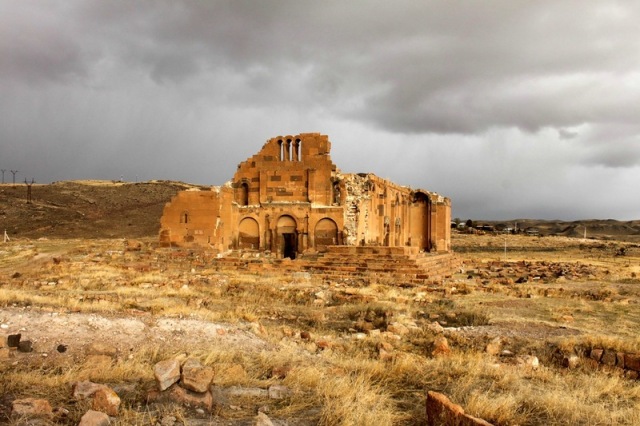
The main gate of İstanbul’s Dolmabahçe Palace was designed by Armenian architect Garabet Balyan. (Photo: Mehmet Yaman)
The Turkish Museum of Architecture has recently opened an online exhibition of structures in modern Turkey created by Armenian architects during the Ottoman era. The website describes the Armenian contribution to architectural development of Istanbul as follows:
“Armenian architects took on a prominent role in the construction of palace buildings and official buildings in the Ottoman Empire. The staff of the Imperial Architects Office that directed such construction projects always included Armenian architects. Young recruits to this office were trained within a master-apprentice relationship. In other words, the Imperial Architects Office also operated as a kind of school of architecture.
The architects of the Balian family…, had already been realizing the construction projects of the palace. Almost all the large mosques commissioned by sultans in Istanbul in the first half of the century were the work of the Balians. Increasingly, Levantine, Greek and other Armenian architects began to carry out the projects of public buildings and private buildings of their own communities. They were either trained by practice, or were graduating from the schools of architecture in Europe. Meanwhile, architecture seemed no longer to be a ‘popular’ profession for the Muslims of Ottoman society. After the opening of the School of Fine Arts, for a long period of time, the majority of students at the Department of Architecture were Rum/Greek and Armenian. ”




